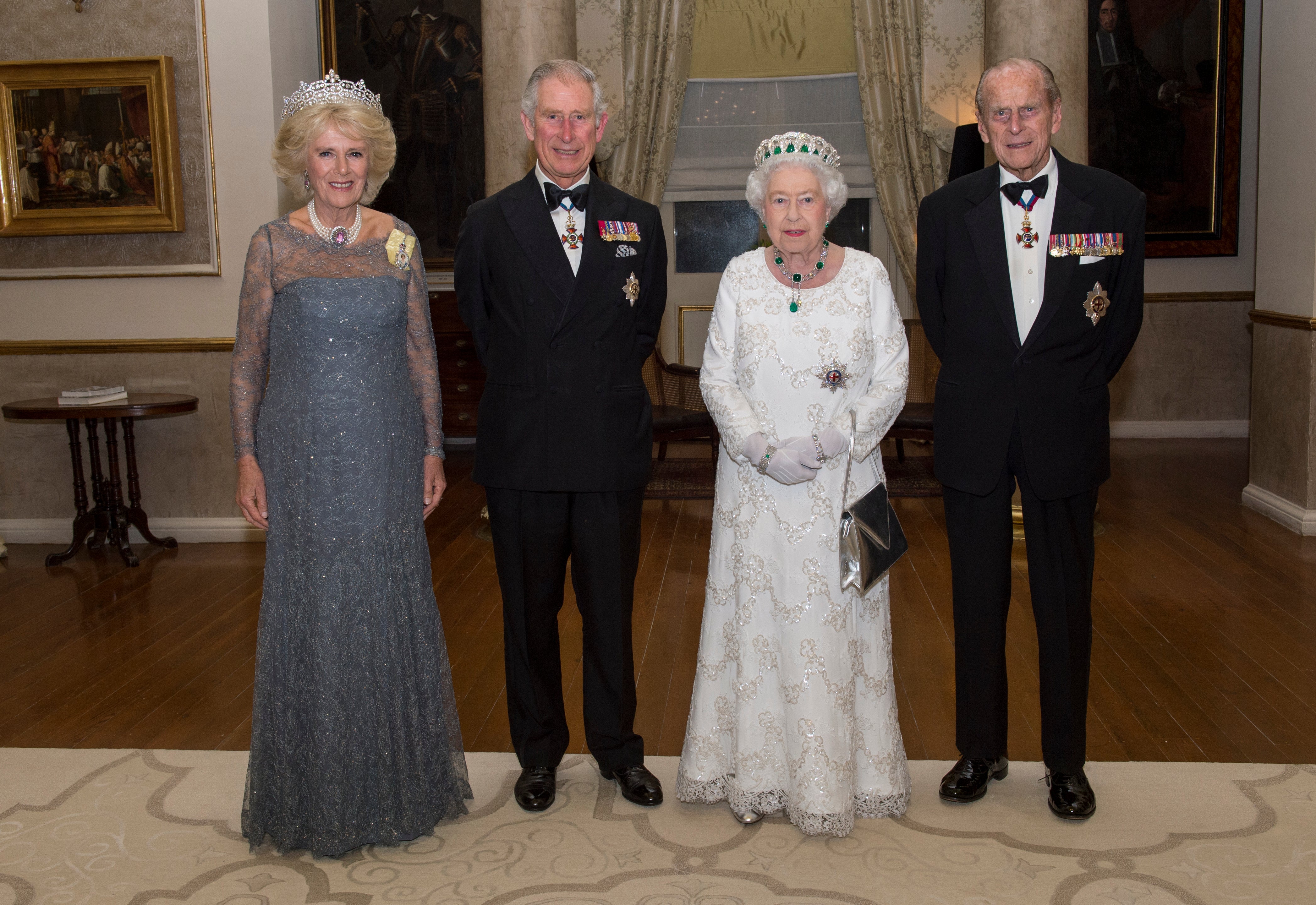The royal family tree explained – from King Henry VIII to King Charles III
The late Queen Elizabeth II had four children, eight grandchildren and 12 great-grandchildren
Your support helps us to tell the story
From reproductive rights to climate change to Big Tech, The Independent is on the ground when the story is developing. Whether it's investigating the financials of Elon Musk's pro-Trump PAC or producing our latest documentary, 'The A Word', which shines a light on the American women fighting for reproductive rights, we know how important it is to parse out the facts from the messaging.
At such a critical moment in US history, we need reporters on the ground. Your donation allows us to keep sending journalists to speak to both sides of the story.
The Independent is trusted by Americans across the entire political spectrum. And unlike many other quality news outlets, we choose not to lock Americans out of our reporting and analysis with paywalls. We believe quality journalism should be available to everyone, paid for by those who can afford it.
Your support makes all the difference.The coronation of King Charles III will finally take place on Saturday 6 May 2023, almost eight months after he ascended to the British throne following the death of his mother Queen Elizabeth II.
Ahead of the big event, many may be wondering what the royal family’s tree looks like.
Up until 8 September 2022, when she passed away at her beloved Balmoral estate in rural Aberdeenshire aged 96, the late Queen sat at the top as she had throughout her extraordinary 70-year reign, the longest of any monarch in our history.
That began when she succeeded her father George IV in 1952, and ended in the year of her platinum jubilee celebrations with her inviting her 15th prime minister, Liz Truss, to form a new government.
In her final hours, spent under medical supervision at her Scottish residence, many of the Queen’s immediate family raced to be at her bedside to say goodbye, including her sons Charles, Andrew and Edward and grandsons William and Harry (whose bitter estrangment has dominated royal concerns in recent months).
The Queen married Prince Philip in 1947. The Duke of Edinburgh was her husband, consort and rock for almost 74 years until he passed away in April 2021.
The couple had four children: Charles, now King Charles III and formerly the Prince of Wales, born in 1948; Anne, the Princess Royal (born 1950); Andrew, the Duke of York (1960); and Edward, Earl of Wessex (1964).
Charles had two sons from his ultimately unhappy marriage to the late Princess Diana, William and Harry, the former now the heir to the British throne.

Prince William married Kate Middleton in 2011 and the now-Duke of Duchess of Cornwall and Cambridge have three children of their own, Prince George, Princess Charlotte and Prince Louis, all of whom happened to be taking part in their first full day at Lambrook School in Berkshire on the day of the late Queen’s passing, hence their absence, and that of their mother, from Her Majesty’s bedside.
Prince Harry married the American actress Meghan Markle in 2018 but the couple have since acrimoniously severed their official ties with the royal family and relocated to the US. They have two children: Archie and Lilibet Mountbatten-Windsor.
Princess Anne meanwhile presented the Queen with two grandchildren from her first marriage to Captain Mark Phillips: Peter Philips and Zara Tindall, the latter a successful equestrian married to the former England rugby player Mike Tindall.

Mr Philipps and his ex-wife Autumn have two daughters, Savannah and Isla, while the Tindalls have three children: Mia, Lena and Lucas.
The Duke of York, who has recently faced difficult questions about his friendships with notorious sex offender Jeffrey Epstein and his accomplice Ghislaine Maxwell, is likewise divorced but has two daughters from his marriage to Sarah Ferguson, Princess Beatrice and Princess Eugenie.
Both princesses have married and each had their first child last year – Beatrice gave birth to a daughter, Sienna Mapelli Mozzi, and Eugenie a son, August Brookbank – bringing the late Queen’s total number of great-grandchildren to 12.
Lastly, Prince Edward has two children from his marriage to Sophie Rhys-Jones, the Countess of Wessex: Lady Louise Mountbatten-Windsor and James Mountbatten-Windsor, Viscount Severn.




Join our commenting forum
Join thought-provoking conversations, follow other Independent readers and see their replies
Comments